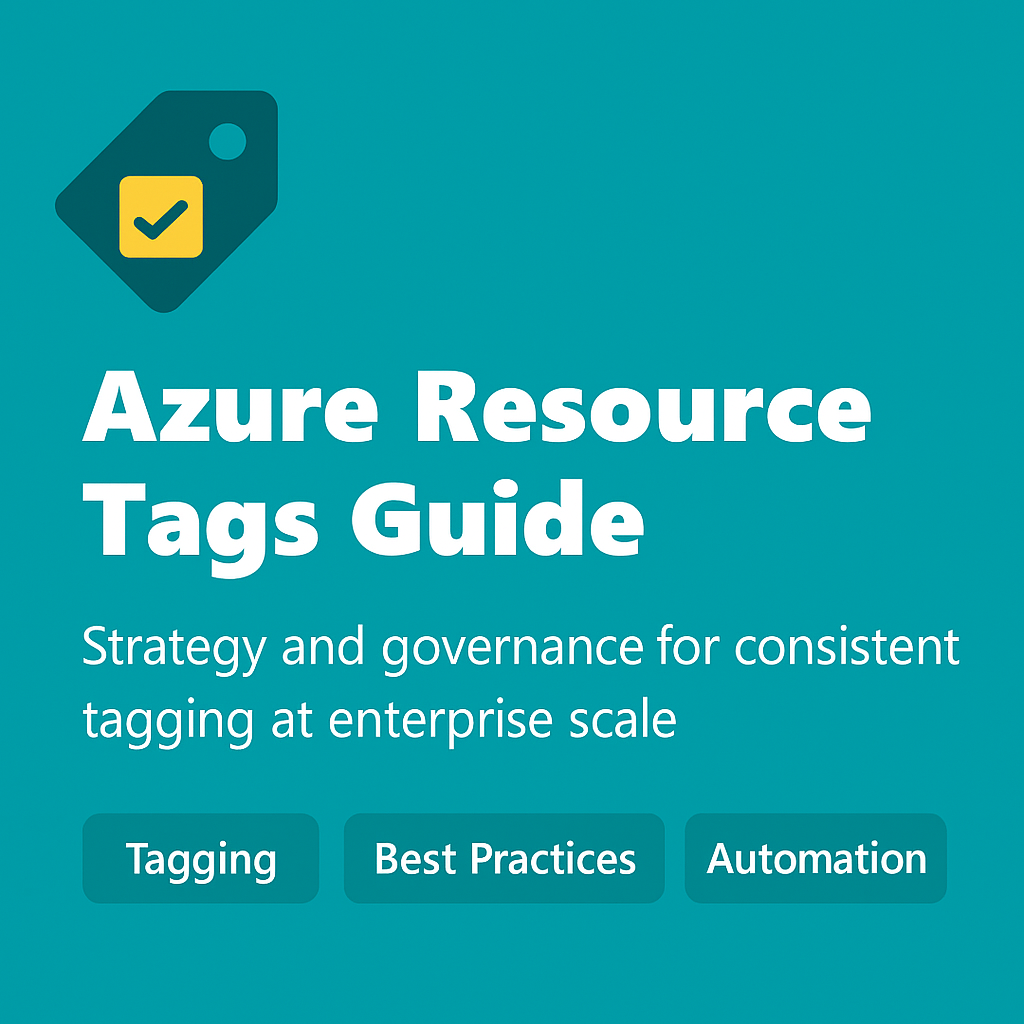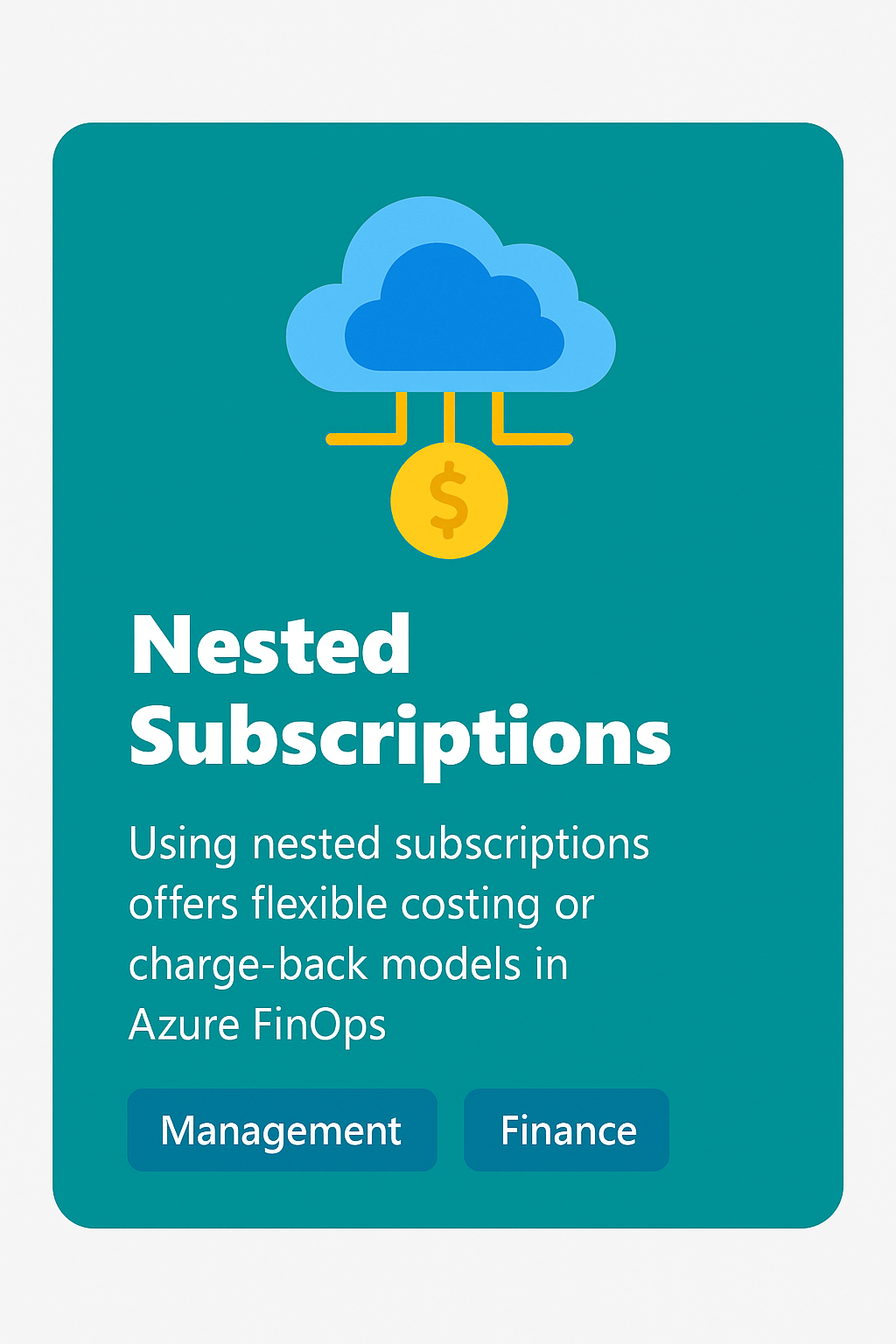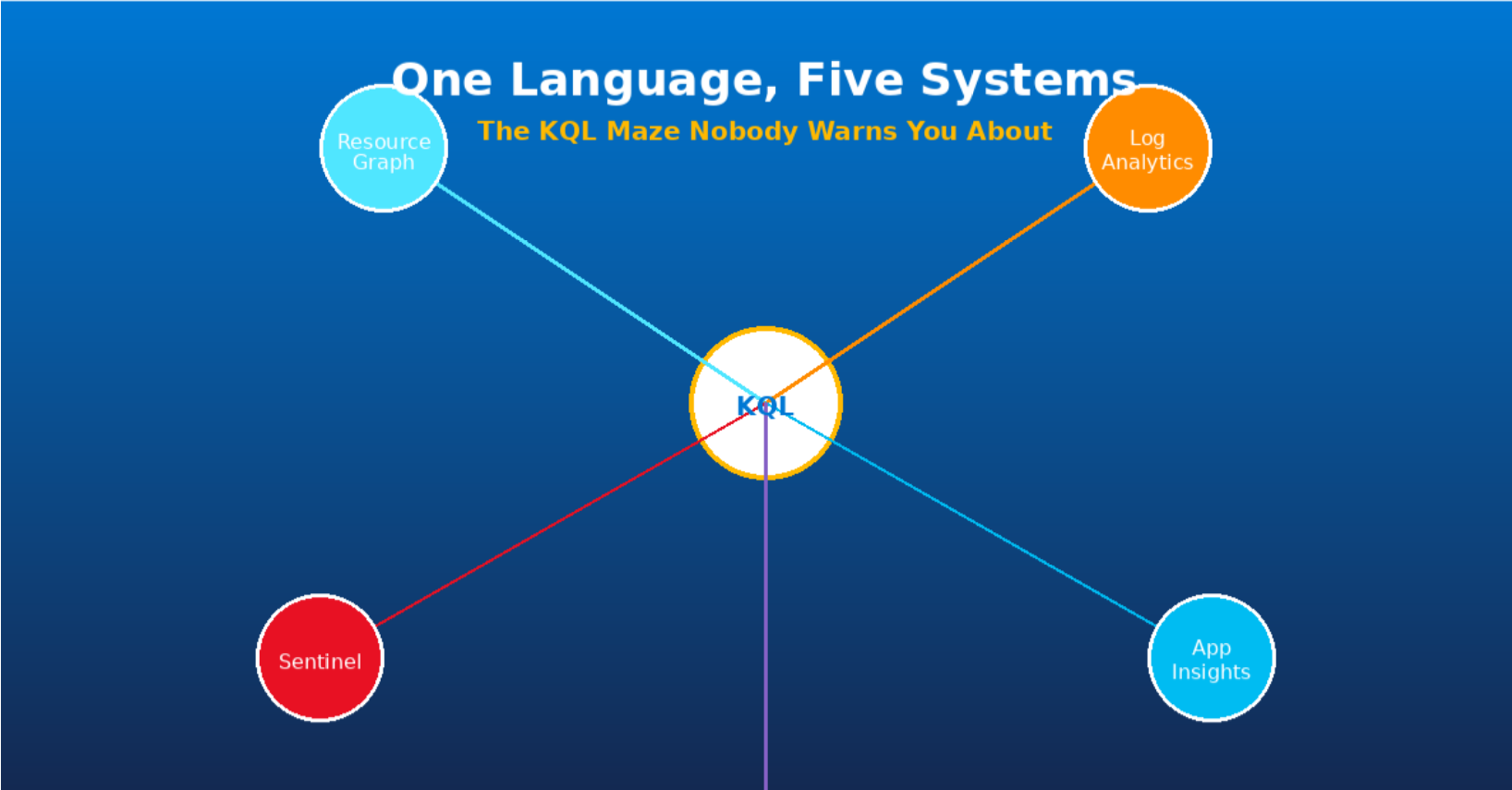The problem with KQL: Microsoft's documentation shows you what's possible, but not what's useful. You get syntax examples, not production queries.
After writing thousands of KQL queries to manage enterprise Azure infrastructure, I've learned that effective KQL requires understanding three layers:
- Data model awareness — Knowing which tables exist and how they connect (this is 80% of the battle).
- Query patterns — Reusable templates for common scenarios (inventory, compliance, cost analysis).
- Performance optimization — Making queries fast enough for dashboards and automation.
This hub contains my complete KQL toolkit: from beginner fundamentals to advanced joins, aggregations, and performance tuning. Every query is tested in production Azure environments.









